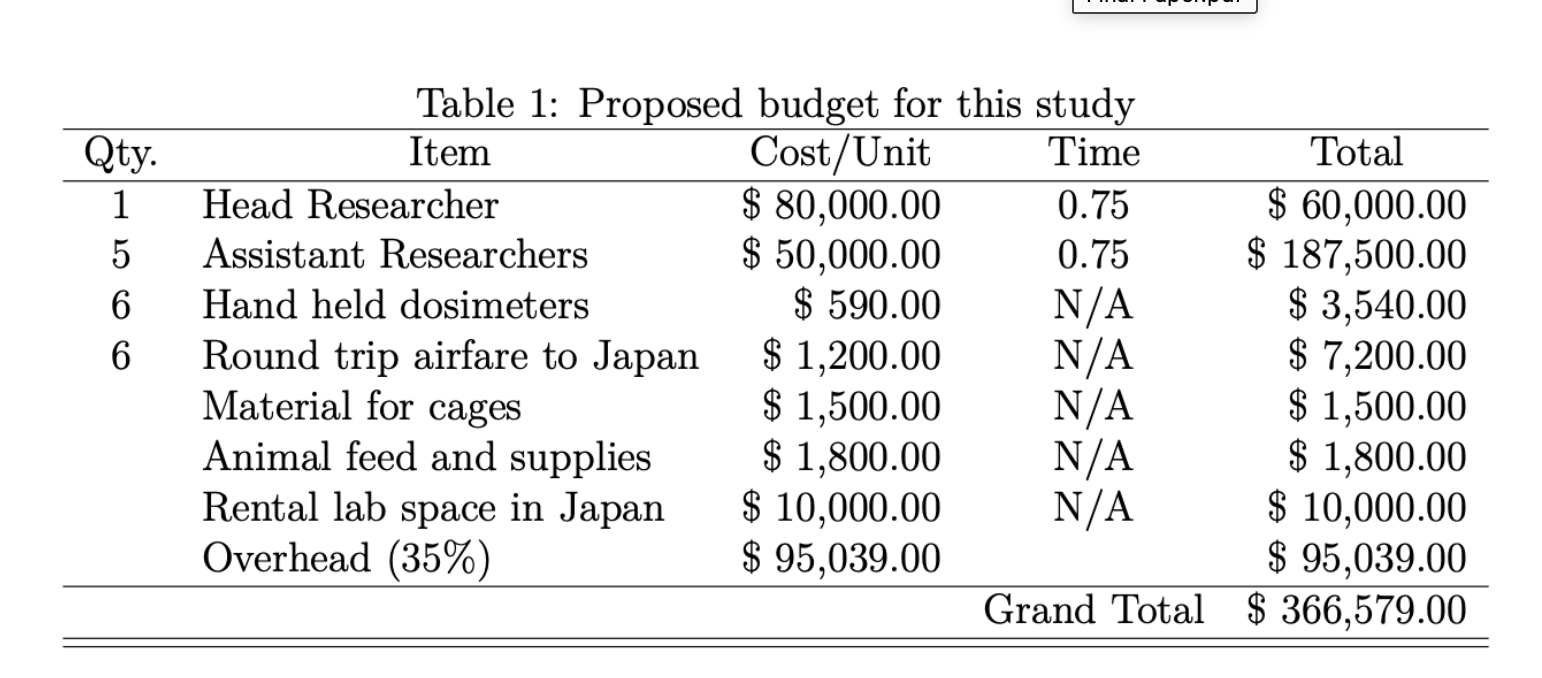Most people think that if they go into a hardware store, most anything they could buy would be safe. They pay others to spray their lawn, assured that their product will not harm them. After all, we can sue because the coffee is too hot. But nothing could be further from the truth, and consumers are not adequately informed about risks involved in using pesticides, a term that includes insecticides, herbicides, and fungicides. Whether using pesticides on your lawn and garden or for some other purpose, the following are some facts to keep in mind: Multiple studies have found a connection between pesticides and herbicides and prostate cancer (Mills 2003). Studies also showed a more than double risk factor between herbicides and non-Hodgkin lymphoma (Morris 1999; Zahm 1992). There is also a strong correlation between childhood cancers and sprayed lawns, including a four-fold increase in soft tissue cancers (Leiss 1995). Schreinemachers' study of chlorophenoxy herbicides in agriculture, including 2,4-D, showed significant increases of virtually every kind of cancer, and of cancers overall, including otherwise rare cancers, pediatric cancers, brain cancer, and leukemia (Schreinemachers 2000). Shockingly, an estimated one fourth of all American children lose IQ points to pesticide exposures – an estimated 16 million IQ points total (Bouchard 2011). Evidence suggests that the population's exposure to these dangerous chemicals may be much higher than previously thought (Berkowitz 2003; Lee 2002). Recent studies have shown evidence that use of 2,4-D causes cancer in dogs exposed to it, with higher rates of canine lymphoma (Hayes et al 1991; Takashima-Uebelhoer et al. 2012) and canine bladder rates, up to 3.6 times as great in certain breeds. Dogs exposed to both lawn chemicals and indoor pesticides had rates 7.2 times greater (Knapp et al. 2013). All this has led two major health authorities to declare that lawn pesticides should not be used: The American Academy of Pediatrics and the 2009 President’s Cancer Panel. We should really need no other statement than those.
Most lawn products that claim to kill weeds contain the aforementioned 2,4-D, including products from Scotts, Ortho, and Menards brands, among others. One of the most deceptive and frightening aspects of lawn care products is the amount of contact we all have with them. Pesticide residue has been shown to be tracked in on carpets, where it remains in contact with children for years (Nichioka et al 2001). The EPA estimates that 95% of pesticides used on residential lawns are probable or possible carcinogens. 2,4-D, along with the other chlorophenoxy herbicides, is classified as a possible carcinogen by the IARC (International Agency for Research on Cancer).
Although scientists disagree on the rates at which cancer diagnoses are increasing, it is clear that certain cancers do occur more frequently than in the past and are far more prevalent in industrialized nations. Much has been made in the popular press about genetic links to cancer, yet fewer than ten percent of all cases of breast cancer can be attributed to genetic mutations (Davis 1998). Recent studies suggest a more complicated interaction between genetic and environmental factors in the origins of cancer (Ishibe 1997; Krajinovic 2000; Deapen 2002). Perhaps the most horrible statistic is the 57 % increase in childhood leukemia in just the last twenty-five years (Epstein and Young 2003). Children are at greater risk from these chemicals because of their smaller size and immature immune, neurological, and detoxification systems.
Life is full of risks, and we all are required to do risk-benefit calculations every day. Is it worth risking an air flight to travel to Cancun? Is it worth having a baby, when it could become ill or die? Is it worth using some pesticides on crops in order to provide more people with cheaper produce? Perhaps. Where lawn chemicals fall short in the risk-benefit ratio, is that they have no real benefit, or at least, the only benefit is aesthetic, an aesthetic that has been artificially imposed on our native landscape. They are cosmetic pesticides. The risk of any one person dying of cancer may seem small, but first, if it happens to you, it happens one hundred percent, and second, exposures to pesticides and the consequent risk of cancer appear to be cumulative over a lifetime.
Right now, our society as a whole is guilty of bad science on a colossal scale. Any good scientist knows that to understand what is going on in an experiment, one needs a control group. Right now, we have changed our chemical environment dramatically, with no control group and multiple variables – there are about 80,000 synthetic chemicals currently in production, most of them untested. Unfortunately, to find out which chemicals cause disease, we must depend on epidemiological studies, which can be flawed by recall bias or other problems. They are much better than the only testing currently now required before a chemical hits the market, however: single-chemical laboratory testing on animals. This, despite the fact that pesticides have been shown to be much more carcinogenic in combination. Often, the company that profits financially from its sale does this testing. The real problem with epidemiological studies, however, is that they require that enough people die or become ill from a particular substance to prove that there is a causal link, and usually that number is quite high.
Historically, there is a lag between the time a danger or a remedy is known and when that knowledge is commonly implemented, particularly when there is a financial incentive on the other side. Think about asbestos, tobacco, and lead paint. The industries and others knew about the hazards long before they were publicly recognized. It was only recently that Philip Morris agreed that the causal link between lung cancer and smoking was proven. In the meantime, they advertised, deceived, and manipulated nicotine content to make money. Lister developed the germ theory long before physicians and nurses routinely washed their hands before surgery, and in fact, not all health-care workers do so currently. People tend not to believe in causal relations they cannot see. But to protect your own health and that of your children and pets, you have to think ahead of the curve. The data is there establishing a link between pesticides and cancer, autism, and Parkinson’s disease, but many people will die before the proof is considered strong enough to take these substances off the market. Do not allow you and yours to be among them.
References
Berkowitz GS, Obel JD, et al. 2003 Jan. Exposure to indoor pesticides during pregnancy in a multiethnic, urban cohort. Environ Health Perspect 111 (1): 79-85.
Bouchard MF, Chevrier J, Harley KG, Kogut K, Bedar M, Calderon N, Trujillo C, Johnson C, Bradman A, Barr DB, Eskenazi B. 2011 Aug. Prenatal exposure to organophosphate pesticides and IQ in 7-year-old children. Environ Health Perspect 119(8): 1189-1195.
Davis DL, Axelrod D, Bailey L, Gaynor M, Sasco AJ. 1998. Rethinking breast cancer risk and the environment: the case for the precautionary principle. Environ Health Perspect 106(9): 523-9.
Deapen D, Liu L, Perkins C, Bernstein L, Ross RK. 2002. Rapidly rising breast cancer incidence rates among Asian-American women. Int J Cancer 99(5): 747-50.
Epstein SS, Young, QD. 2003 June 17. The sad truth about the stark rise in childhood cancer. Chicago Tribune.
Hayes HM, Tarone RE, Cantor KP, Jessen CR, McCurnin DM, Richardson RC. 1991. Case-control study of canine malignant lymphoma: Positive association with dog owner’s use of 2,4-dichlorophenoxyacetic acid herbicides. J Natl Cancer Inst 83:1226-1231.
Ishibe N, Kelsey KT. 1997. Genetic susceptibility to environmental and occupational cancers. Cancer Causes Control 8(3): 504-13.
Krajinovic M, Richer C, Sinnett H, Labuda D, Sinnett D. 2000. Genetic polymorphisms of N-acetyltransferases 1 and 2 and gene-gene interaction in the susceptibility to childhood acute lymphoblastic leukemia. Cancer Epidemiol Biomarkers Prev 9(6): 557-62.
Knapp DW, Peer WA, Conteh A, Diggs AR, Cooper BR, Glickman NW, Bonney PL, Stewart JC, Glickman LT, Murphy AS. 2013. Detection of herbicides in the urine of pet dogs following home lawn chemical application. Science of the Total Environment 456-457:34-41.
Lee S, McLaughlin RH, et al. 2002 Dec. Community exposures to airborne agricultural pesticides in California: ranking of inhalation risks. Environ Health Perspect 110 (12): 1175-85.
Leiss J. 1995 Feb. Am. J. of Public Health. Cited in: Harris M. 1995 June. Lethal lawns? How weed and insect killers affect children's health. Vegetarian Times 214: 19.
Mills PK, Yang R. 2003. Prostate cancer risk in California farm workers. Occupational Environ Med 45(3): 249-59.
Morris K. 1999. Some weedkillers and pesticides linked to lymphoma risk. Lancet 353(9158): 1071.
Nichioka MG, et al. 2001. Distribution of 2,4-D in air and on surfaces inside residences after lawn care applications: comparing exposure estimates from various media for young children. Environ. Health Perspect 109: 1185-91.
Schreinemachers DM. 2000 Sep. Cancer mortality in four northern wheat-producing states. Environ Health Perspect 108(9): 873-81.
Takashima-Uebelhoer BB, Barber LG, Zagarins SE, Procter-Gray E, Gollenberg AL, Moore AS, et al. 2012. Household chemical exposures and the risk of canine malignant lymphoma, a model for human non-Hodgkin’s lymphoma. Environ Res 112:171-176.
Zahm SH. 1992 Oct 1. Pesticides and non-Hodgkin's lymphoma. Cancer Res 52(19): 5485s-5488s.











